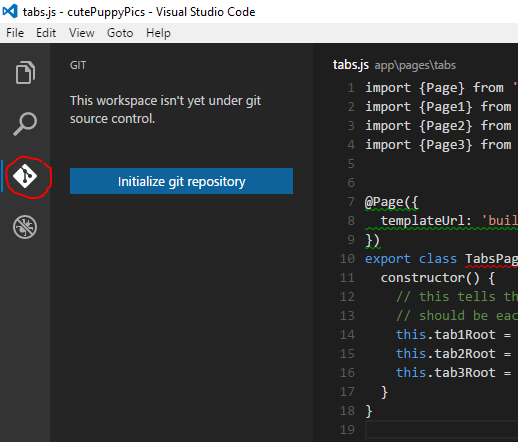

The VSCode is great for writing commit messages for two reasons: If you use an issue tracker, put references to them at the bottom,Ĭmd = code -new-window -wait -diff $LOCAL $REMOTE Typically a hyphen or asterisk is used for the bullet, precededīy a single space, with blank lines in between, but conventions Focus on why youĪre making this change as opposed to how (the code explains that).Īre there side effects or other unintuitive consequences of thisĬhange? Here's the place to explain them.įurther paragraphs come after blank lines. You omit the body entirely) various tools like 'log', 'shortlog'Īnd 'rebase' can get confused if you run the two together.Įxplain the problem that this commit is solving. Theīlank line separating the summary from the body is critical (unless Subject of the commit and the rest of the text as the body. In some contexts, the first line is treated as the More detailed explanatory text, if necessary. Summarize changes in around 50 characters or less Use the body to explain what and why vs.Use the imperative mood in the subject line.


This task becomes much easier if commit messages for repository changes are written clearly and in accordance with the patterns and rules recommended by the VCS. Moreover, I can easily remember what I have done for a project recently. However, I have found it very handy to use even for personal projects: with git I can try different solutions simultaneously and then select the better one. If you are working in a team, usage of a VCS brings you a lot of benefits like change tracking, history viewing, merge issues resolving, etc. Last several years I use git as my version control system (VCS) both for personal and work projects.


 0 kommentar(er)
0 kommentar(er)
